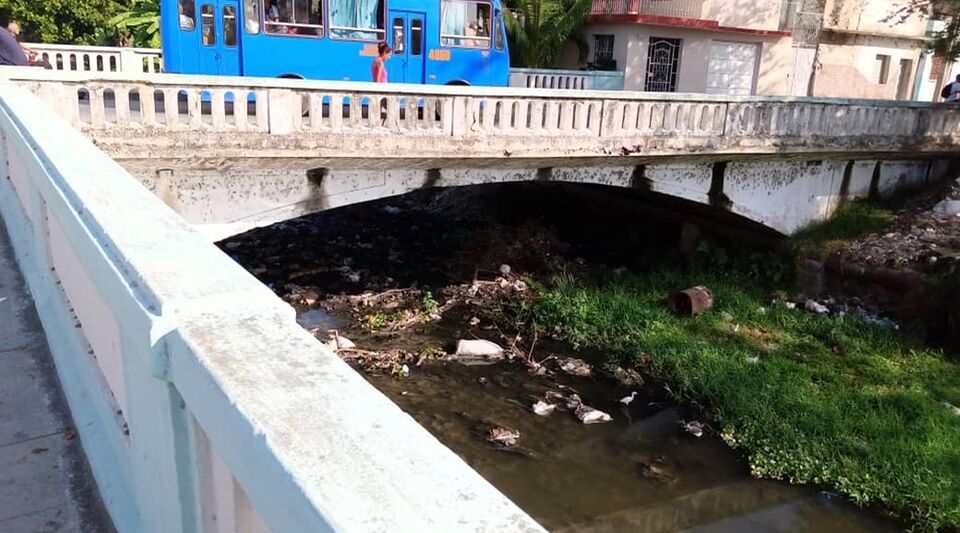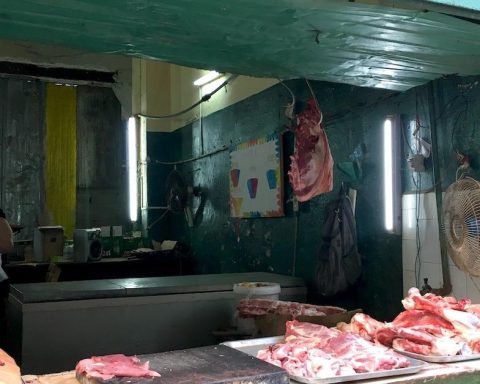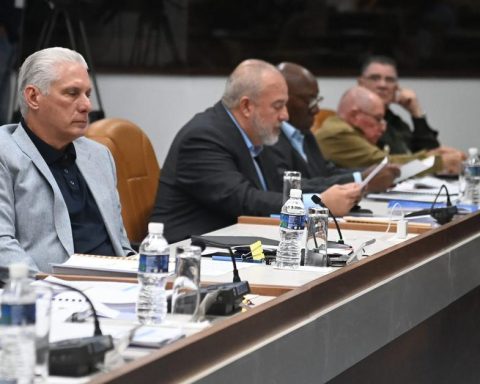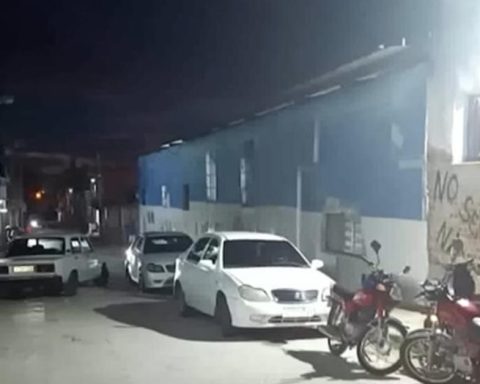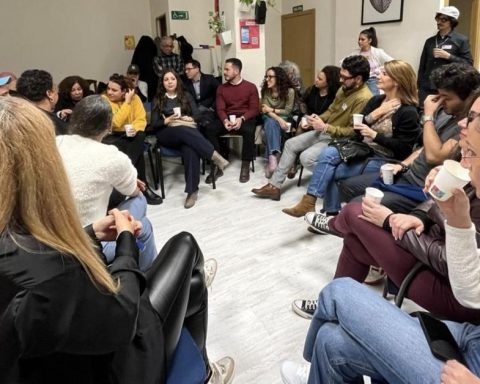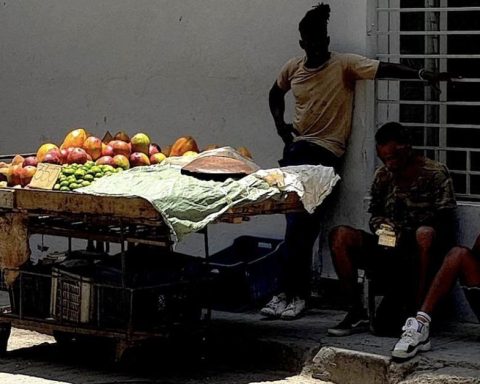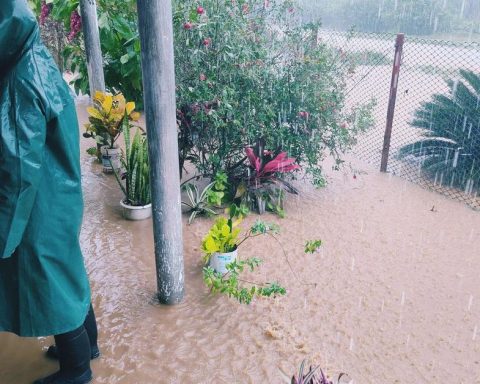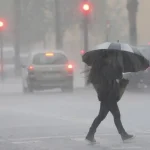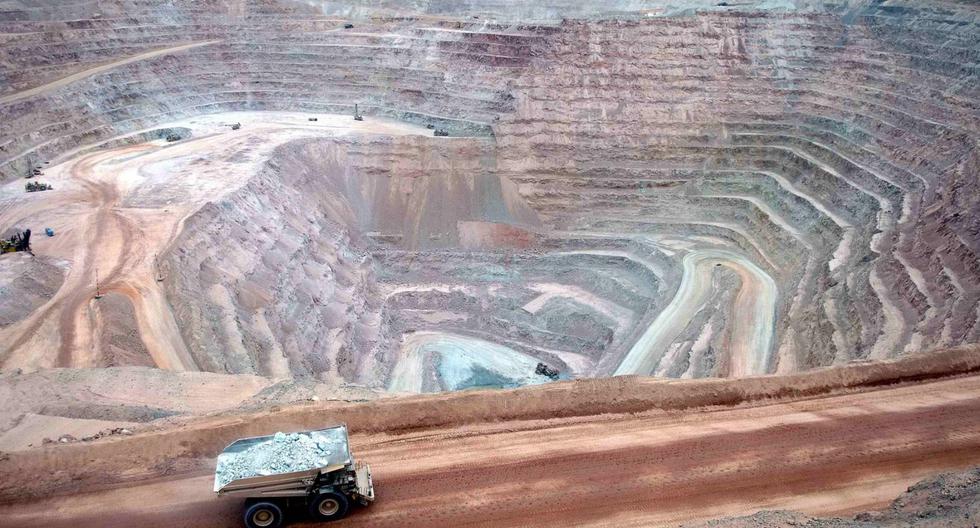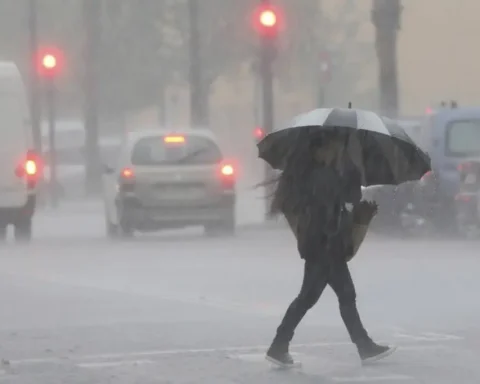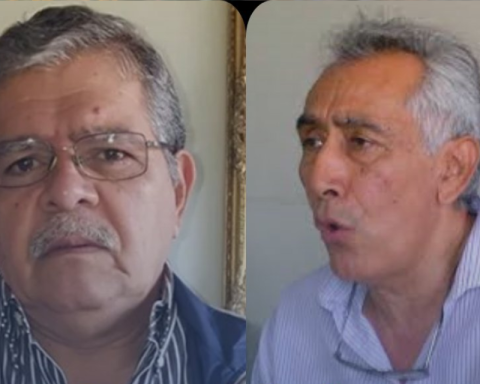Rather than rivers, what crosses the city of Santa Clara are smelly ditches with several layers of garbage, leaf litter and debris. The Bélico and the Cubanicay never had a good flow, but nothing compares to the state of pestilence and unhealthiness that characterizes them today, when the people of Santa Clara try at all costs to avoid passing through their vicinity.
The Bélico, formerly called the Sabana River, and the Cubanicay –del Monte River– delimit the center of the city. Both currents were essential for the first settlers of Santa Clara, who emigrated from Remedios in the 17th century and settled in its surroundings.
Pollution from both tributaries has clouded the water for decades. Plastic bottles, tires from trucks and bicycles, remains of clothing and food… all the garbage from the houses of Santa Clara ends up in the stream at night. Neither the Police nor the Government – entertained this week by the visit of Miguel Díaz-Canel, who met “with the people” almost on the banks of the Cubanicay – guarantee the cleanliness of its banks.
The bad smell is also responsible for the deficient sewerage of Santa Clara, which since its origins has led sewage and other wastes into the rivers. The subject is frequent in local press and radio programs. Alta Tension, the CMHW program presented by the journalist Abel Falcón, who presents himself as “hot” and “critical”, transmits the complaints of his listeners and launches, from time to time, an arrow recommending that the Community Services take action more effective cleaning.
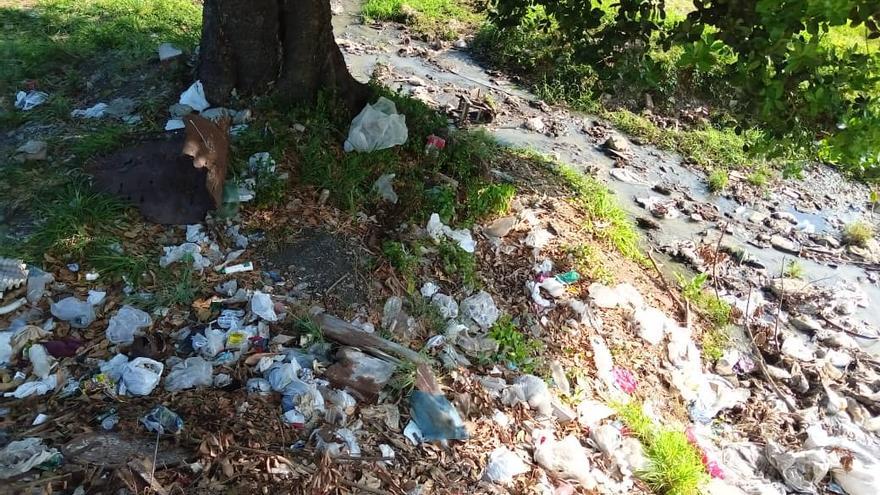
What the people of Santa Clara tell Falcón is amazing. Pipes that are easily fifty or sixty years old, if not more, laden with rust and rot, drain into the War and the Cubanica and an inconceivable volume of waste, excrement and contaminated liquids. As a result, hundreds of families are already used to diseases derived from pollution.
Even the two rivers seem to have resigned themselves to the dirt. A layer of grass and moss grows on the plastic and the pieces of brick, which can no longer be washed away by the current, perhaps to hide the rot.
Organic waste is perhaps what sets the most unhealthy note. Numerous pig pens, waste bins and dead animals find their natural destination, especially in War. The dramatic thing is that the bulk of the garbage is found a few steps from the historic center of Santa Clara, an obligatory path for those who go down Vidal Park to the bus station, and inevitable when moving to the hospital area.
Neither the Police nor the Government – entertained this week by the visit of Miguel Díaz-Canel, who met “with the people” almost on the banks of the Cubanicay – guarantee the cleanliness of its banks
It wasn’t always like that, of course. José Miguel, an elderly man from Santa Clara, remembers that around 1960 both rivers – more like streams or streams – were crystal clear. “The boys could go to spend the summer on its banks, in the shade of the trees. Now it is impossible for my grandchildren to go. No one would let them approach a place that is disgusting, with a bad smell that reaches the road,” he says .
For some Santa Clara residents like Reiniel, 56, the Cubanicay meant the discovery of fishing. He used to spend whole days with his father, waiting for a fish to take the bait, something that he can now only achieve by traveling with great difficulty to the Caibarién boardwalk.
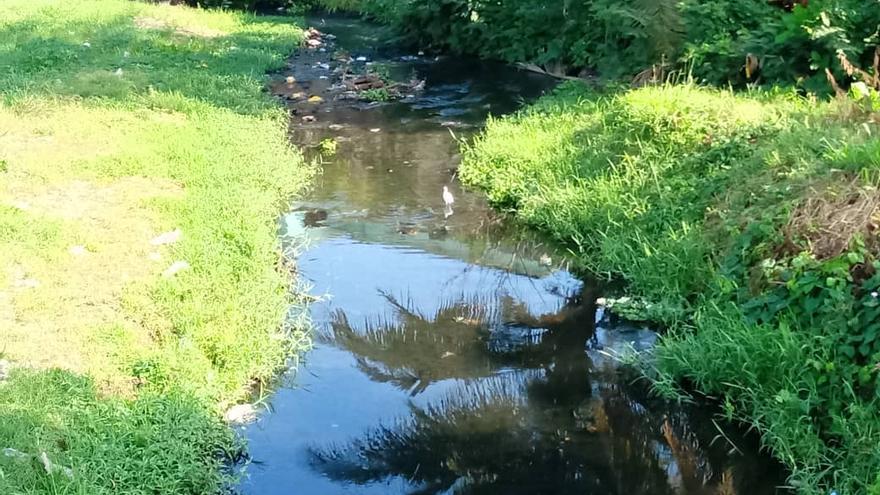
“What surprises me the most,” he says, “is that even with the current situation, the river manages to have life. When I’ve passed through it, I always manage to discover some surviving fish, sometimes a turtle, fighting in that unhealthy environment “.
A few years ago, the provincial government and the Directorate of Community Services allocated a modest budget to clean the city’s rivers. Several tugboats appeared that dragged the garbage to the shores and picked it up. El Bélico and El Cubanicay discreetly recovered their course. It hadn’t been five years and they had already returned to the same state of putrefaction.
“People are also to blame,” acknowledges Cristina, 41, a Community Services worker in Santa Clara. “You can’t equal everyone, but most of those who live on the banks of the rivers, despite the bad smell and dirt they see every day, are irresponsible. It doesn’t matter to them,” she laments.
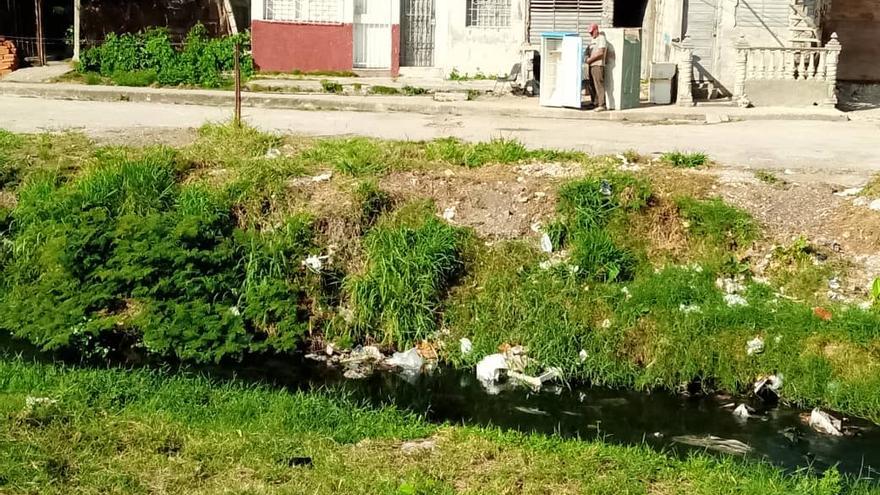
For Cristina, it is essential to become aware of the responsibility of each instance with the problem. “When I lived near there, I used to throw garbage bags inside, but I reflected, I stopped doing it and that’s what’s important,” she says. Another very serious situation, she says, is that many times the Community Services transport themselves –carts and trucks– approach the river and dump the load of garbage into the river. “To save road or fuel,” Cristina supposes.
The situation of the War and the Cubanicay should not continue hiding, says the worker. “Ideally,” she concludes, “would be to renew the sewage system. That it be cleaned and maintained. And the garbage, that it be dumped in a pit or in another place designed for that, not downtown Santa Clara itself.”
________________________
Collaborate with our work:
The team of 14ymedio He is committed to doing serious journalism that reflects the reality of deep Cuba. Thank you for accompanying us on this long road. We invite you to continue supporting us, but this time becoming a member of our newspaper. Together we can continue transforming journalism in Cuba.
